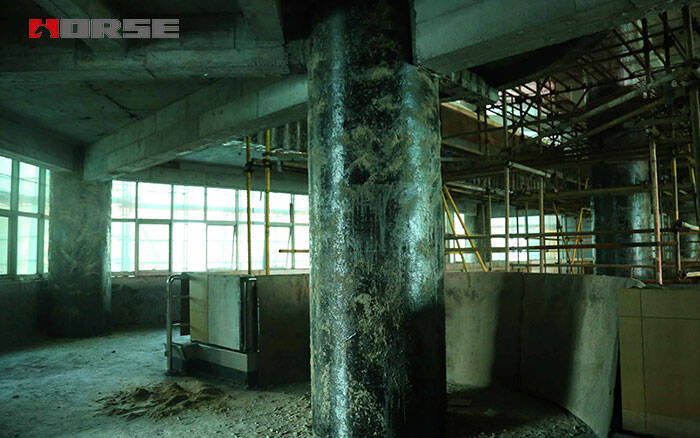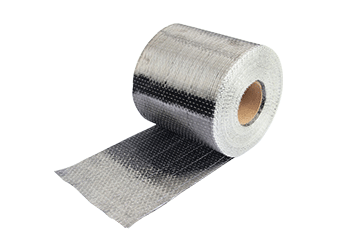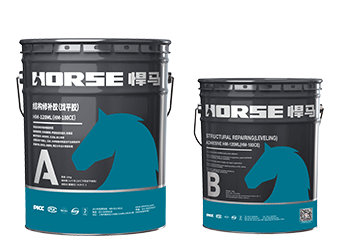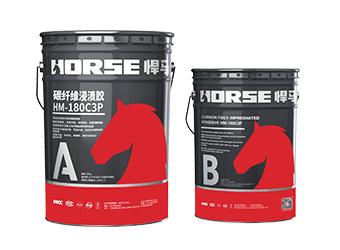Soluciones
La gama de negocios de construcción de caballos se extiende a todo el mundo y sirve a miles de clientes con productos, orientación técnica especializada en construcción, y somos testigos del reinicio de la marca china con ellos.
The bond surface between FRP composite and concrete structure is a weak link in reinforcement. Orthogonal test can be used to determine several characteristic values of bond surface with high durability.

Durability of materials themselves
1.1 Durability of FRP composite
Concrete structures work in a variety of environments and are therefore affected by factors such as humidity, natural aging, rising temperatures, and sunlight (especially ultraviolet light). Previous studies have shown that the durability of CFRP is good, and GFRP is sensitive to humidity and ultraviolet radiation. The following test methods can be used:
(1) temperature cycling. Each cycle lasts 24 hours from -20 to +50, with temperature rising for 5 hours, cooling for 17 hours and remaining at each end point for 1 hour. At the end of each cycle, the weight loss and mechanical properties of FRP, such as tensile strength and bending strength, were measured. After repeated cycles, the results are analyzed and compared.
(2) humidity cycle, ambient temperature 30 degree, relative humidity 100%. After exposure for a certain period of time, the weight loss and mechanical properties of FRP were measured every 8 h. After repeated cycles, the results are analyzed and compared.
1.2 durability of adhesives
At present, the adhesive commonly used is epoxy resin. The elastic modulus, tensile strength and ultimate strain of epoxy resin can be measured by the same method of temperature cycling and humidity exposure. Experiments have shown that the strength and elastic modulus of epoxy resin are increased after temperature cycling. However, both tensile strength and modulus of elasticity decrease significantly, and water is an important destructive factor.
2. Durability of adhesive surface
There are two bonding surfaces, the interface between the concrete and the binder, and the interface between the binder and FRP composite. The factors affecting the durability of the two bonding surfaces are:
The type and mechanical properties of FRP;
The porosity and permeability of FRP;
Surface treatment of concrete structure;
Type of base glue (if used);
The type of binder and curing time;
Exposure to environmental time;
Working condition of reinforced structure.
The bond surface between FRP composite and concrete structure is a weak link in reinforcement. Orthogonal test can be used to determine several characteristic values of bond surface with high durability.
Five types of damage can be obtained:
The first is concrete failure, which is caused by concrete tensile, indicating that the bond strength between the bonding layer and concrete is higher than the tensile strength of concrete.
The second is the bond failure of the bonding layer, because the tensile strength of the bonding layer is lower than the bonding strength, and lower than the tensile strength of concrete.
The third is the bond surface failure, which occurs between the bond layer and the concrete surface. This is due to the weak bond strength between the coating and the concrete surface.
The fourth type is a combination of bond and concrete failure, in which the bond strength between coating and concrete and concrete base is higher; freeze-thaw cycle, ultraviolet radiation, temperature and humidity change have a greater impact on bond strength.
The fifth type is a combination of bond and bond failure, in which the bond strength between the coating and concrete is close to the tensile strength of the coating. The bonding surface is more sensitive to the environment than the FRP material itself and the concrete base, and the freeze-thaw cycle, ultraviolet radiation, temperature and humidity have a greater impact on the bonding strength.
Puede encontrar cualquier cosa que necesite, confíe en probar estos productos y encontrará la gran diferencia después de eso.

Tejido de fibra de carbono unidireccional de alta resistencia para refuerzo de compuesto de polímero reforzado con fibra (FRP).

Adhesivo de nivelación de fibra de carbono de buena tixotropía para la reparación de superficies de concreto

Impregnación y pasta de componentes reforzados de superficie y productos de fibra.